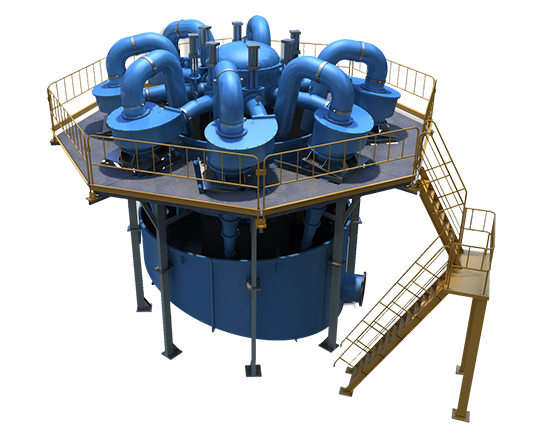Naipu Mining stands out as a notable manufacturer in the mining equipment industry, recognized for its commitment to producing effective separation technologies such as hydrocyclones. These devices play a crucial role in various processes of metal beneficiation, enhancing efficiency and economic benefits for mining operations.
Efficient Separation and Classification
The hydrocyclone is widely used in both non-ferrous and ferrous metal mine beneficiation processes, including closed-circuit grinding classification and open-circuit classification. Its primary function is to improve the recovery rate of metals while increasing processing capacity. By effectively separating particles based on size and density, the hydrocyclone separator is particularly adept at handling fine particle classification operations. Additionally, these systems can facilitate other essential tasks, such as desilting, sand removal, and concentration, thereby optimizing the overall performance of the beneficiation process.
Adapting to Evolving Technology Needs
As beneficiation technology continues to advance, the requirements for hydrocyclones are evolving as well. There is a growing demand for large diameter hydrocyclones that offer significant processing capacities, as well as smaller diameter variants designed for precise fine particle size classification. This dual focus enables mining operators to select hydrocyclones that best meet their specific operational needs, ensuring that they maximize efficiency and output in their processes.
In conclusion, Naipu Mining’s hydrocyclone separator serves as a versatile solution for modern mining challenges. With their capability to enhance recovery rates and adapt to varying technological requirements, these hydrocyclones are indispensable tools in the mining sector. By investing in reliable hydrocyclone technology, operators can significantly improve both the efficiency and economic viability of their beneficiation processes.
